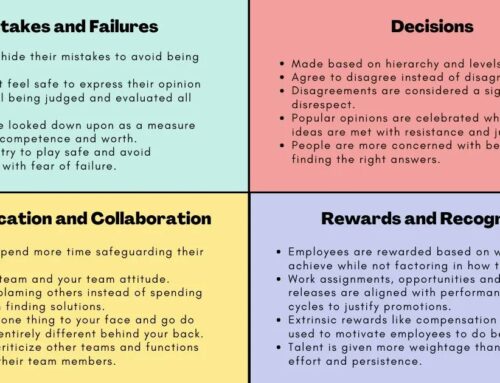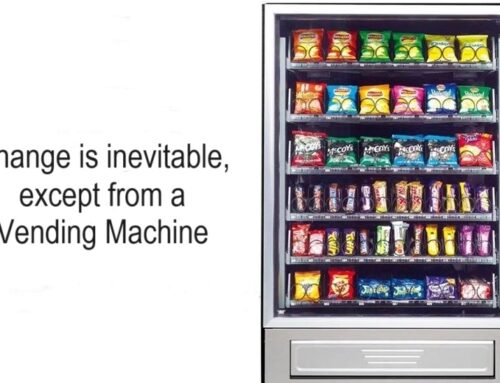Let’s talk about “culture.”
All organizations: companies, associations, non-profits, even the neighborhood lemonade stand, have one. Culture, which I define as an operating environment, core values and process initiatives, guide and fuel what is either an organization’s greatest strength or most dangerous weakness. The issue of “toxic culture” is one I’ve contended with this year on behalf of several clients, and I can say confidently, it’s been a long, exhausting, soul-sucking experience for everyone involved.
While these organization are diverse in industry, size and type, the “culture” conversation across each one centers around some common themes, unhealthy work habits, individual or team conflicts, and ineffective work practices, policies, or management styles. In each case, all roads have led to the same destination for the people involved; discontent and frustration preventing them from being productive and growing professionally. A toxic work culture results in lack of trust, poor performance, elevated levels of disruption, fear and disrepect.
In a word, they’re “stuck.”
Here’s my Top 10 List of behaviors and environments that create “toxic culture”
1. Core values that exist only on paper, not practice
2. Public criticism (gossip) of others (team members, partners, colleagues)
3. Making excuses (saying one thing but doing another)
4. Lack of accountability
5. Lack transparency
6. Failure to address and clear issues
7. Inconsistent due diligence and decision-making
8. Disregard for operational realities (environment and/or processes)
9. Personal conflicts of interest
10. Placing people into roles or positions where they are likely to underperform
The negative impact of a toxic culture on an organization can be profound and wide-ranging. So, what dysfunctional behaviors, attitudes, and practices have you experienced working in a toxic culture?
Join the conversation and let’s design a roadmap to creating a positive and healthy organizational environment that boosts team satisfaction, enhances performance, and builds growth.



